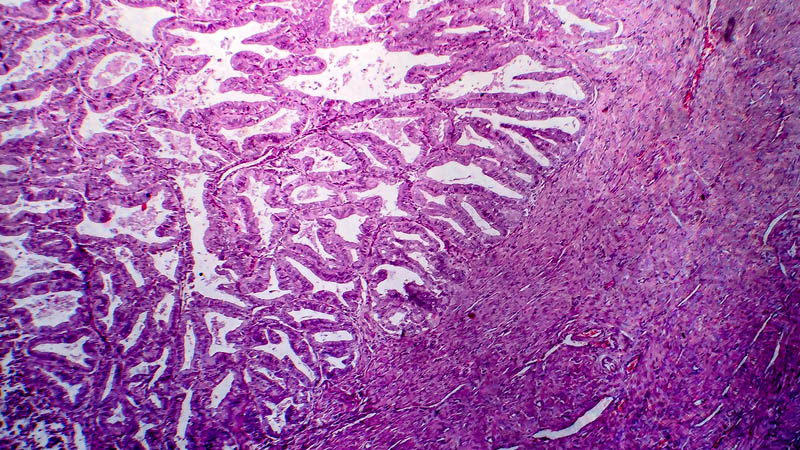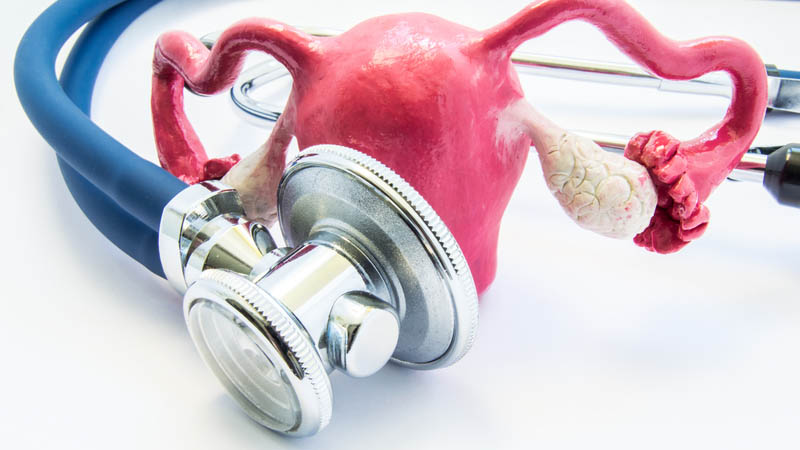Venous thromboembolism – epidemiology and prophylaxis
Agnieszka Nalewczyńska, Agnieszka Maździarz, Ryszard Krynicki, Beata Śpiewankiewicz
 Affiliacja i adres do korespondencji
Affiliacja i adres do korespondencjiCurr Gynecol Oncol 2015, 13 (3), p. 191–200
DOI: 10.15557/CGO.2015.0022
Streszczenie
The term “venous thromboembolism” encompasses two disease entities, i.e. deep vein thrombosis and its very serious
complication – pulmonary embolism. In Poland, this disease affects almost 50 thousand people, nearly a half of whom
develop pulmonary embolism which accounts for 10% of all hospital deaths. The incidence rate increases with age, and 70%
of cases concern people above the age of 60. The treatment of complications caused by these symptoms is very expensive.
It is estimated that the cost is nearly as high as in the treatment of neoplasms. Risk factors of thromboembolism include:
age >40, family and personal history of venous thromboembolism, major surgeries (within lower extremities, pelvis and
abdomen), malignant cancers and certain anticancer treatment regimens as well as pregnancy and postpartum period.
The severity of symptoms mainly depends on disorders of blood outflow from the lower extremities and the extent of
thrombotic lesions. The more extensive thrombosis is, the greater the blood stasis and the greater the vascular disorders.
The most common symptoms include pain and edema. Thromboembolism is asymptomatic is nearly a half of patients. That is why a careful interview and risk factor estimation are so important. Non-invasive methods are used, such as:
ultrasound assessment of venous flow, Doppler ultrasound, plethysmography (assessment of blood volume in the lower
extremities), venography and D-dimer level assessment. Proper thromboprophylaxis is the most important element that
increases the safety of patients and considerably decreases health care expenditure. This review presents indications for
venous thromboembolism prophylaxis in accordance with the latest guidelines.
Słowa kluczowe
deep vein thrombosis, pulmonary embolism, venous thromboembolism, low molecular weight heparin









